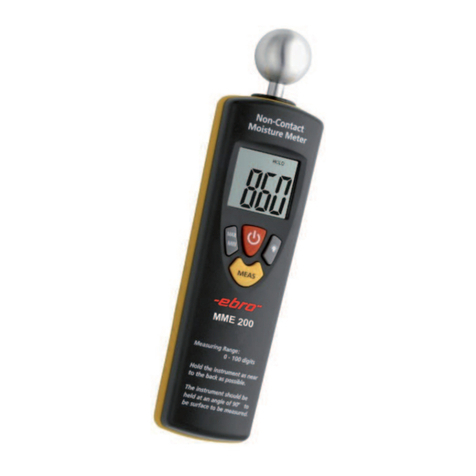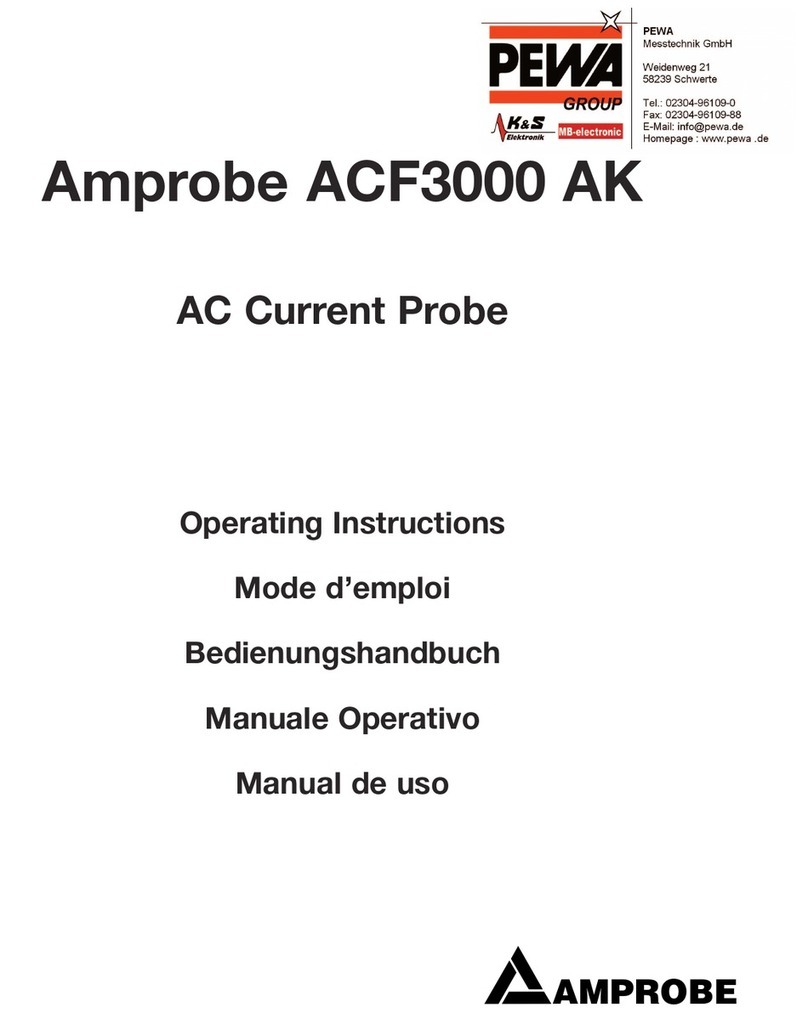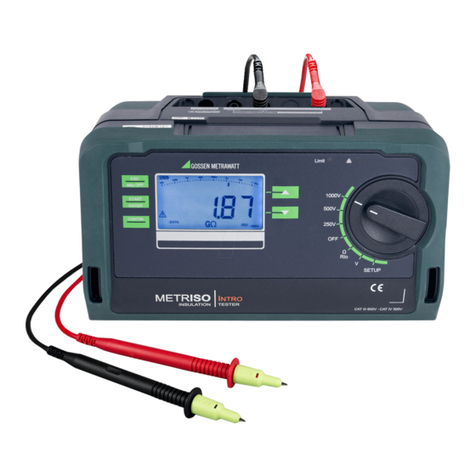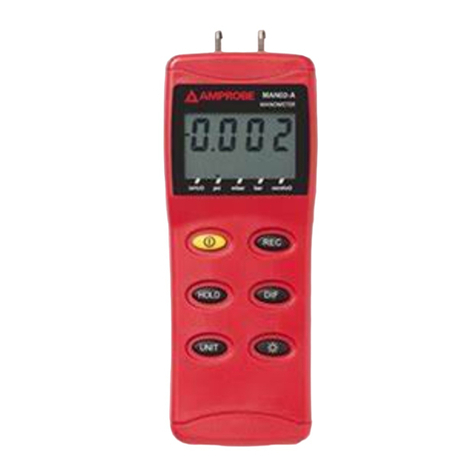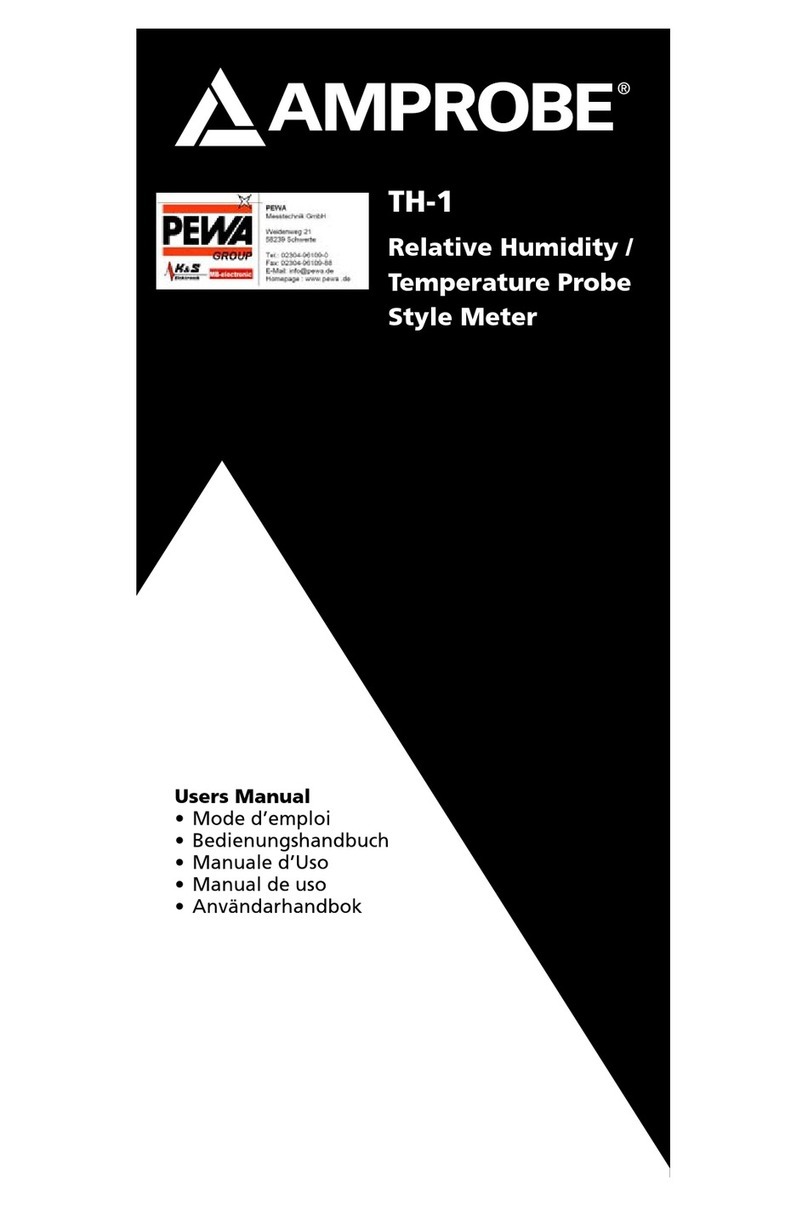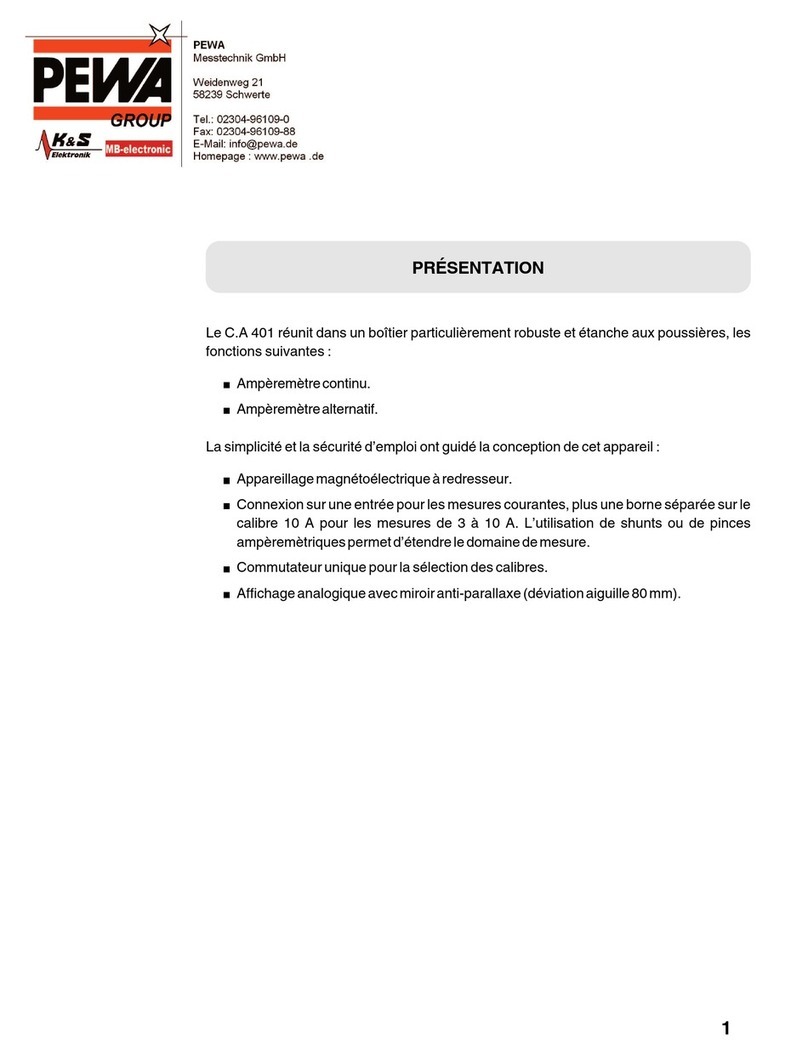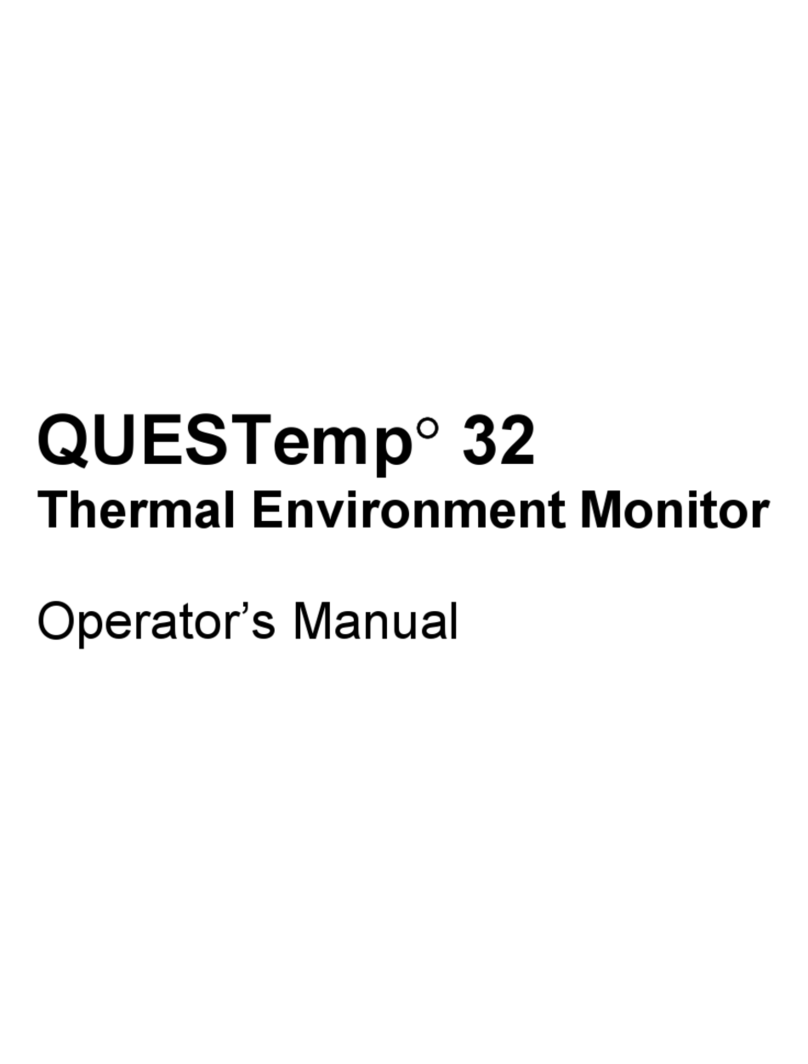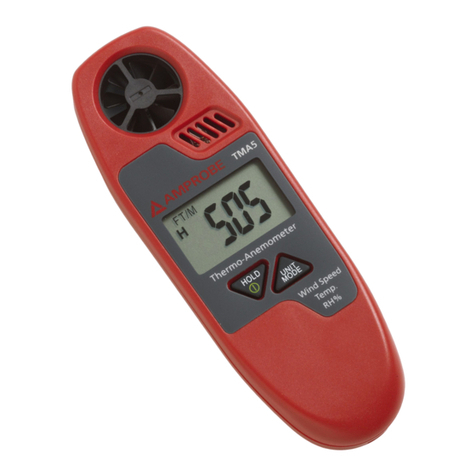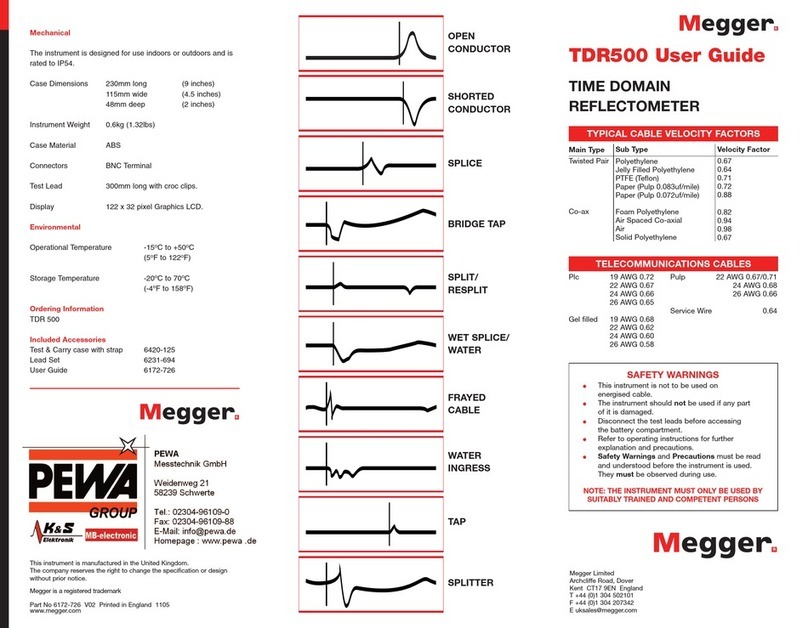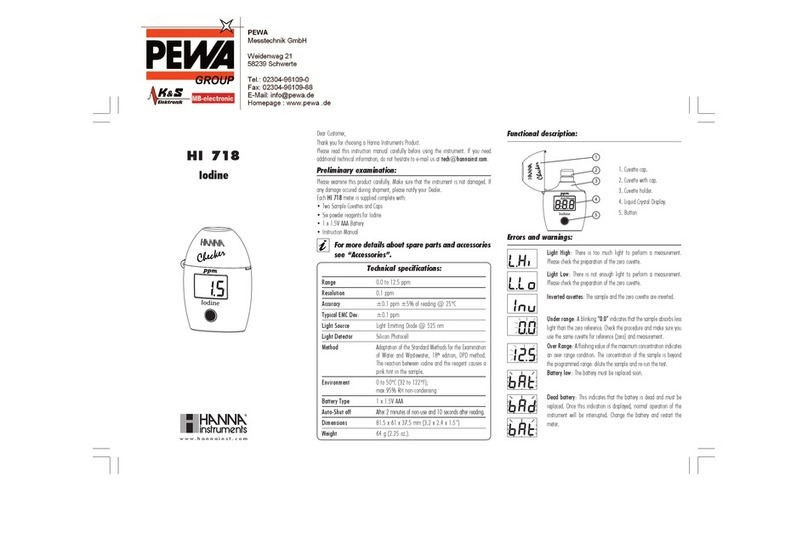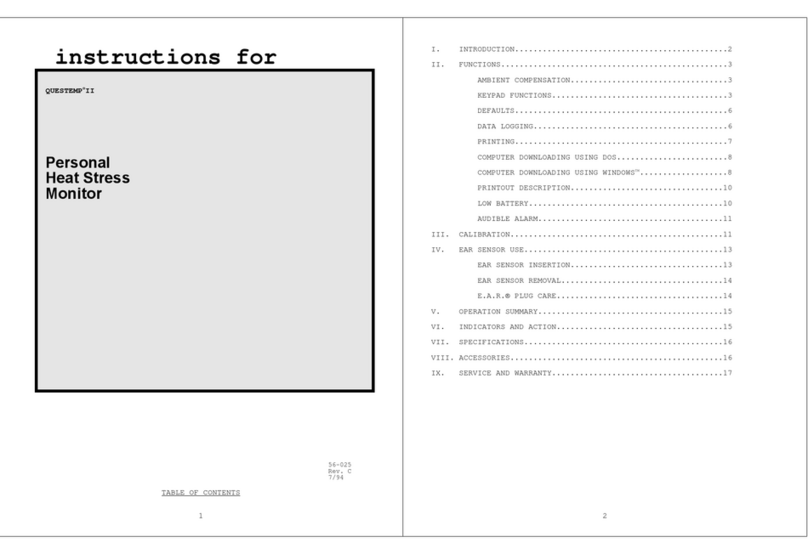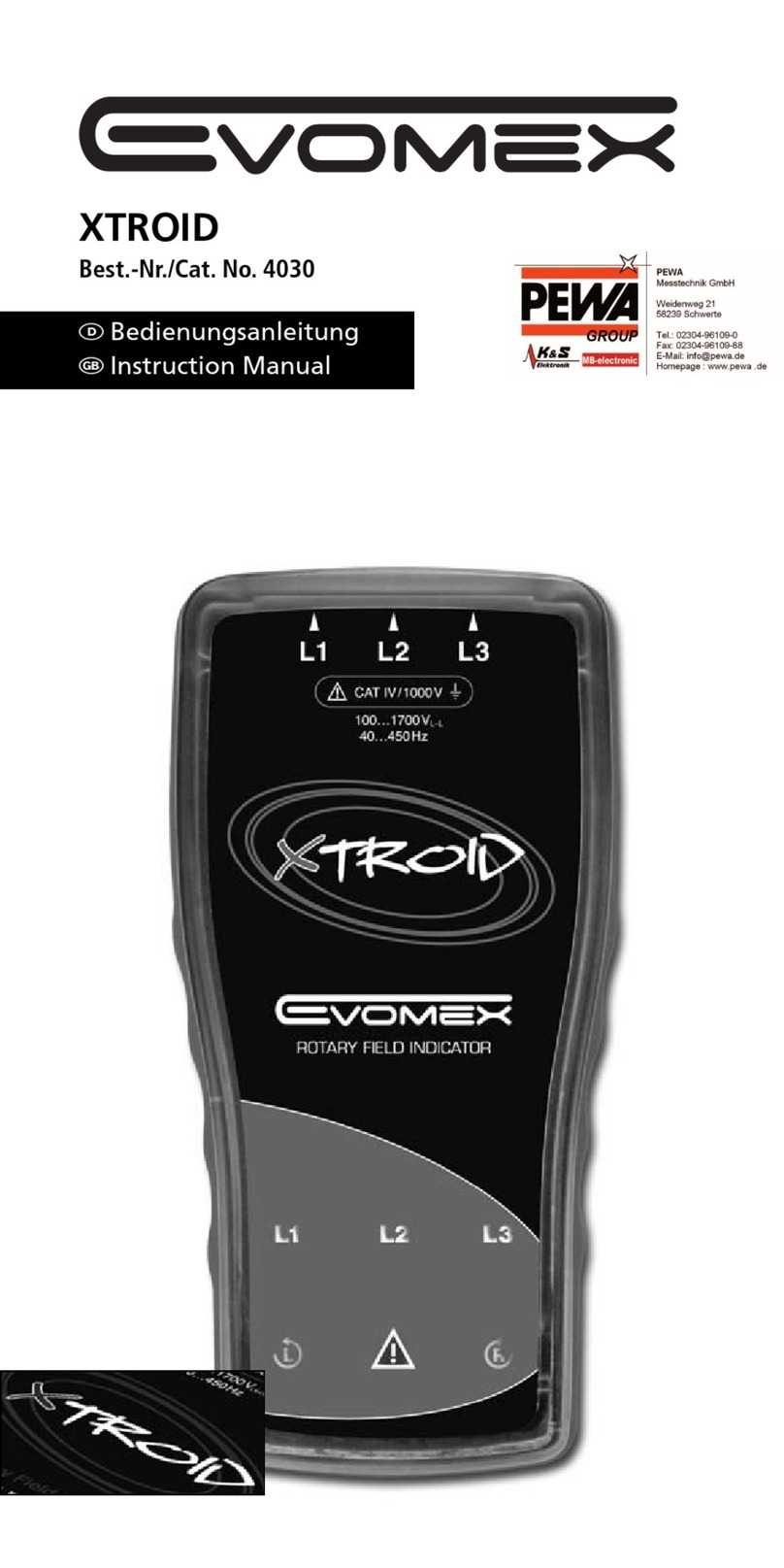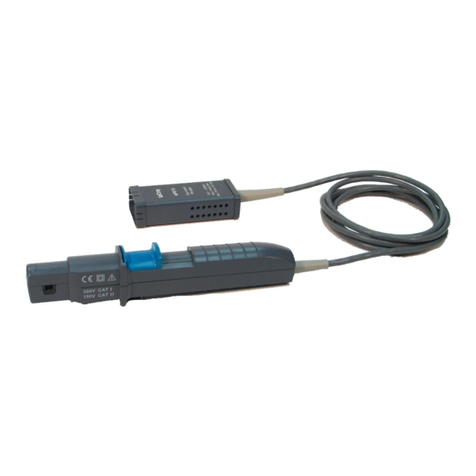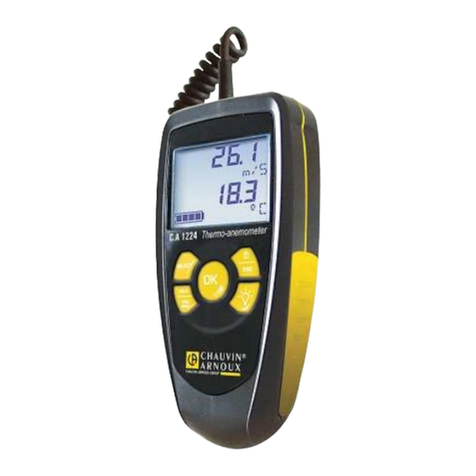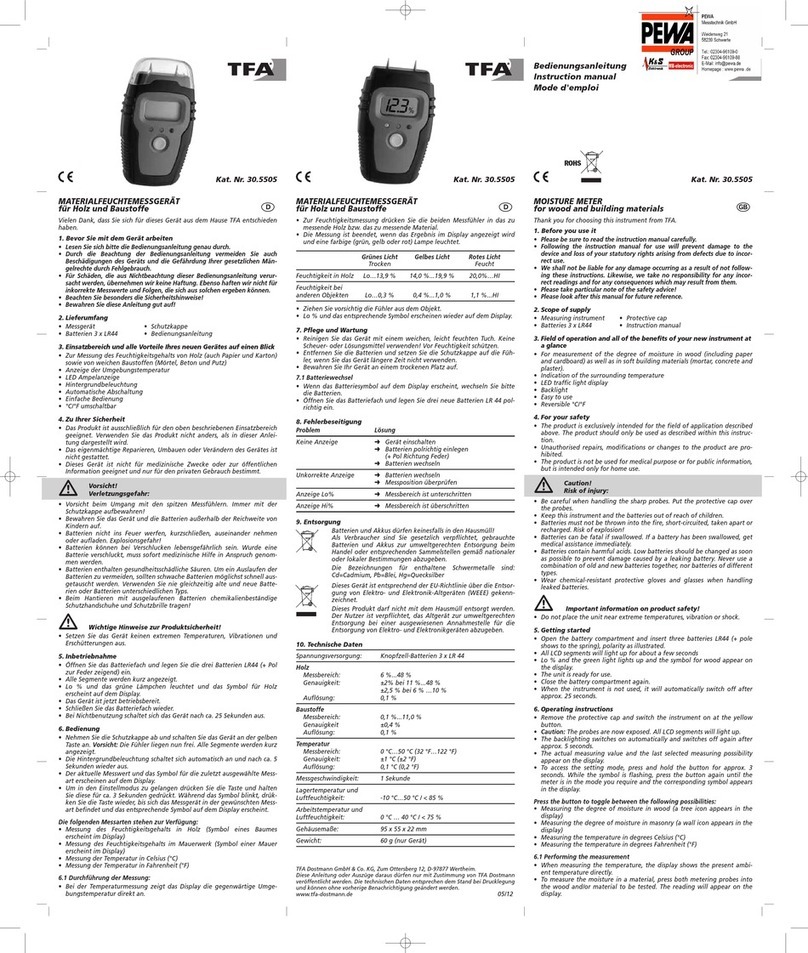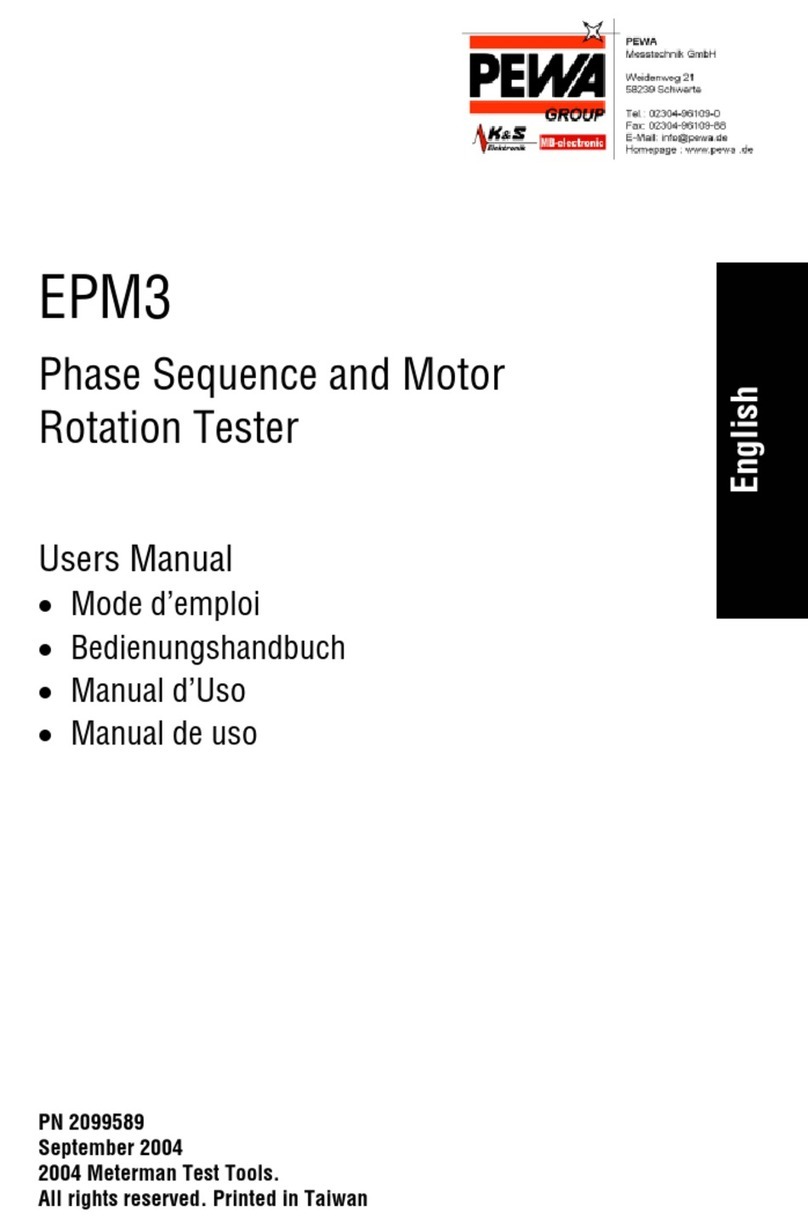
4. Messverfahren
4.1. DCV
1.) Bestimmen Sie die voraussichtlich höchste Spannung und stellen Sie den Bereichsschalter
auf die entsprechende Position.
2.) Schließen Sie die Prüfleitungen an den Eingang an.
* Der rechte Eingang ist der „V“-Eingang.
* Der linke Eingang ist der „COM“-Eingang.
3.) Schließen Sie nun die Prüfspitzen an den zu prüfenden Stromkreis an.
4.) Lesen Sie den Messwert in der Skala ab.
4.2. ACV
1.) Bestimmen Sie die voraussichtlich höchste Spannung und stellen Sie den Bereichsschalter
auf die entsprechende Position.
2.) Schließen Sie die Prüfleitungen an den Eingang an.
3.) Schließen Sie nun die Prüfspitzen an den zu prüfenden Stromkreis an.
4.) Lesen Sie den Messwert in der Skala ab.
Alle Rechte, auch die der Übersetzung, des Nachdruckes und der Vervielfältigung dieser Anleitung
oder Teilen daraus, vorbehalten.
Reproduktionen jeder Art (Fotokopie, Mikrofilm oder ein anderes Verfahren) nur mit schriftlicher
Genehmigung des Herausgebers gestattet.
Letzter Stand bei Drucklegung. Technische Änderungen des Gerätes, welche dem Fortschritt
dienen, vorbehalten.
Hiermit bestätigen wir, dass alle Geräte, die in unseren Unterlagen genannten Spezifikationen
erfüllen und werkseitig kalibriert geliefert werden. Eine Wiederholung der Kalibrierung nach Ablauf
von einem Jahr wird empfohlen.
© PeakTech®06/2008/Sch.
-5-
1. Safety Precautions
This product complies with the requirements of the following European Community Directives:
89/336/EC (Electromagnetic Compatibility) and 73/23/EC (Low Voltage) as amended by 93/68/EC
(CE-Marking).
Overvoltage category III 600V; pollution degree 2.
To ensure safe operation of the equipment and eliminate the danger of serious injury due to short-
circuits (arcing), the following safety precautions must be observed.
Damages resulting from failure to observe these safety precautions are exempt from any legal
claims whatever.
* Do not use this instrument for high-energy industrial installation measurement.
* Do not place the equipment on damp or wet surfaces.
* Do not place water filled containers on the equipment (danger of short-circuit in case of knock
over of the container).
* Do not exceed the maximum permissible input ratings (danger of serious injury and/or
destruction of the equipment).
* The meter is designed to withstand the stated max voltages. If it is not possible to exclude
without that impulses, transients, disturbance or for other reasons, these voltages are exceeded
a suitable presale (10:1) must be used.
* Replace a defective fuse only with a fuse of the original rating. Never short-circuit fuse or fuse
holding.
* Disconnect test leads or probe from the measuring circuit before switching modes or functions.
* Check test leads and probes for faulty insulation or bare wires before connection to the
equipment.
* To avoid electric shock, do not operate this product in wet or damp conditions. Conduct
measuring works only in dry clothing and rubber shoes, i. e. on isolating mats.
* Never touch the tips of the test leads or probe.
* Comply with the warning labels and other info on the equipment.
* Always start with the highest measuring range when measuring unknown values.
* Do not subject the equipment to direct sunlight or extreme temperatures, humidity or dampness.
* Do not subject the equipment to shocks or strong vibrations.
* Do not operate the equipment near strong magnetic fields (motors, transformers etc.).
* Keep hot soldering irons or guns away from the equipment.
* Allow the equipment to stabilize at room temperature before taking up measurement (important
for exact measurements).
* Do not input values over the maximum range of each measurement to avoid damages of the
meter.
* Do not turn the rotary function switch during voltage measurement, otherwise the meter could be
damaged.
* Use caution when working with voltages above 35V DC or 25V AC. These Voltages pose shock
hazard.
* Periodically wipe the cabinet with a damp cloth and mid detergent. Do not use abrasives or
solvents.
* The meter is suitable for indoor use only
* Do not operate the meter before the cabinet has been closed and screwed safely as terminal can
carry voltage.
* Do not store the meter in a place of explosive, inflammable substances.
* Do not modify the equipment in any way.
* Do not place the equipment face-down on any table or work bench to prevent damaging the
controls at the front.
-6-
